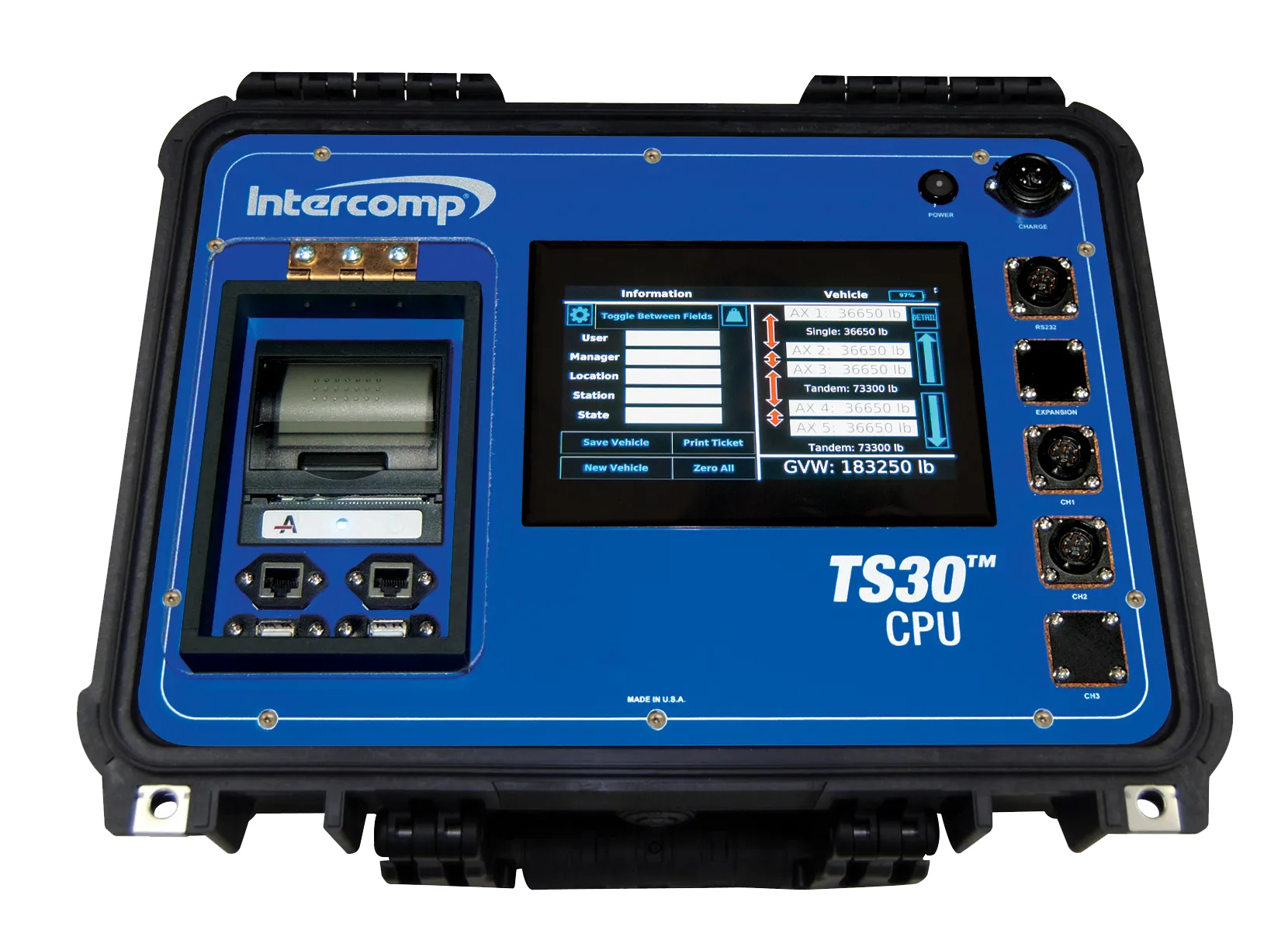Teledyne Dalsa’s 5-Gigabit, GigE Vision cameras are intended for imaging applications which require high-speed data transfer. The company says the new cameras can replace existing units built into current vision systems which rely on the existing GigE vision interface standard. The Genie Nano cameras are built around Sony image sensors and are expected to offer resolutions from 3.2Mpixels to 12Mpixels - with more models to follow by the end of the year, the firm says. Also, the cameras feature the new 5G
October 25, 2018
Read time: 1 min
593 Teledyne Dalsa’s 5-Gigabit, GigE Vision cameras are intended for imaging applications which require high-speed data transfer. The company says the new cameras can replace existing units built into current vision systems which rely on the existing GigE vision interface standard.
The Genie Nano cameras are built around Sony image sensors and are expected to offer resolutions from 3.2Mpixels to 12Mpixels - with more models to follow by the end of the year, the firm says.
Also, the cameras feature the new 5G base-T link speed which allows ethernet links to offer greater flexibility with data rates of up to 5Gbps over commonly deployed Cat5e cabling. This technology increases data throughput of up to 100m through twisted pair copper cabling.
Stand: 1F62











